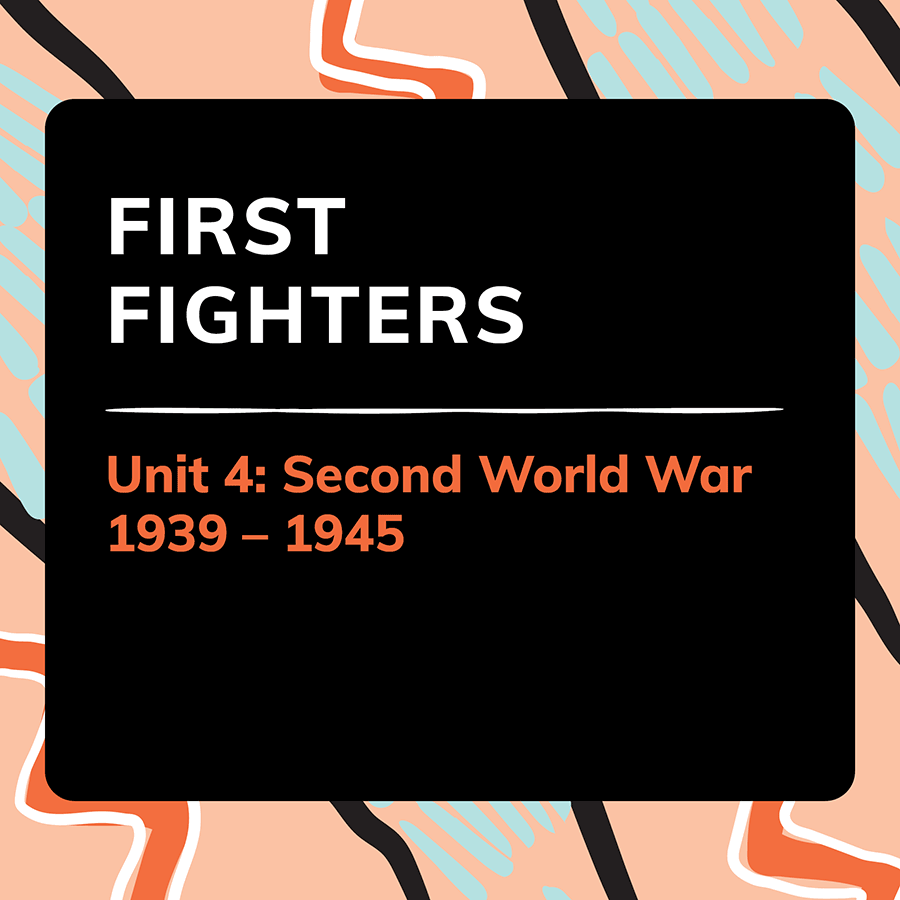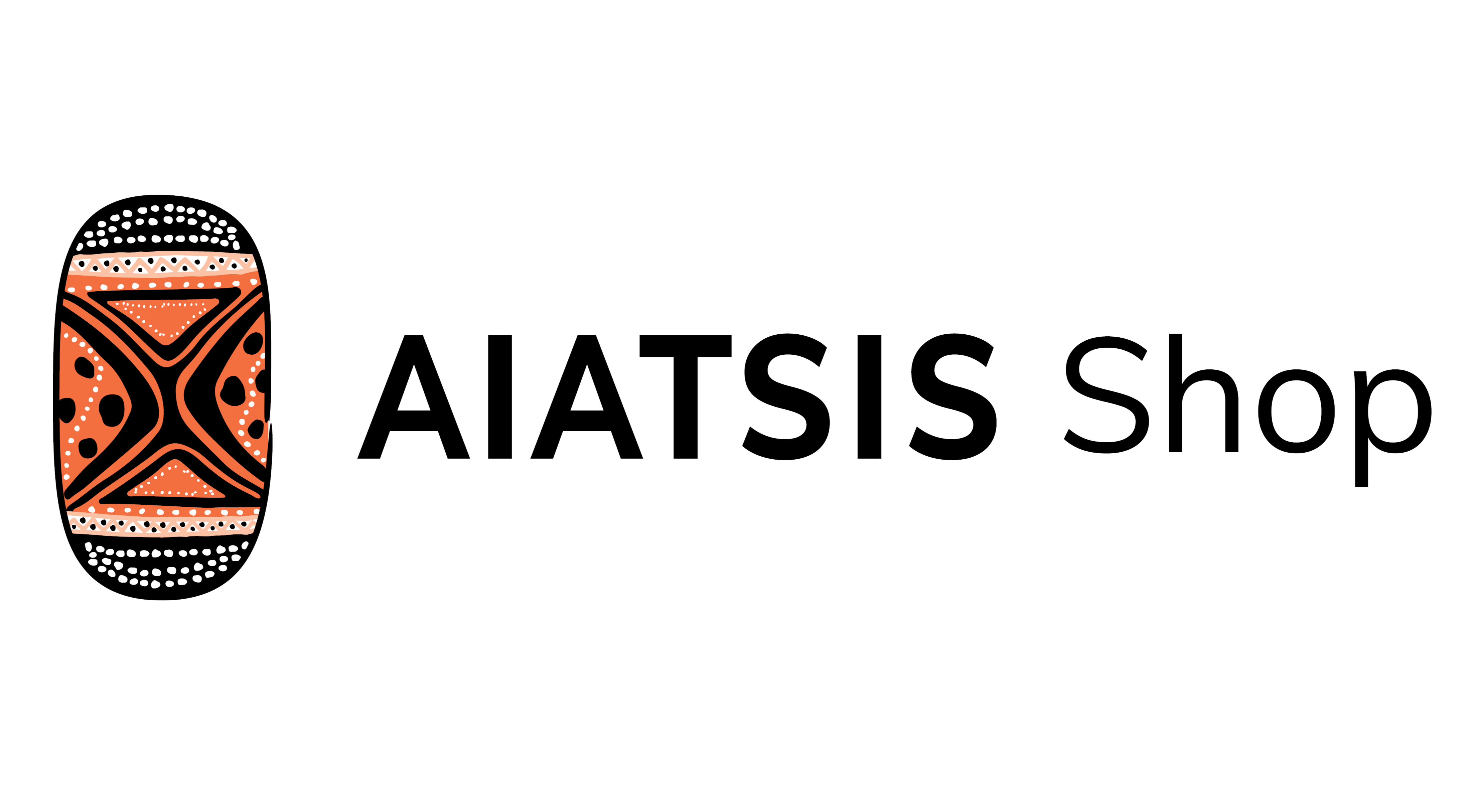Unit 4: Second World War (1939 – 1945)
Unit 4: Second World War (1939 – 1945)
AIATSIS Education
Couldn't load pickup availability
Second World War (1939 – 1945)
At least 4,000 Aboriginal and Torres Strait Islander people served in the Army, Navy, Air Force and Women’s Services during the Second World War. It is hard to know exactly how many because the Defence Act was still discriminatory, stating that people had to be ‘substantially of European origin’ to enlist. Consequently, many people hid their identity in order to be accepted into the services. This unit tells the stories of individual Indigenous men and women in their own words and demonstrates the complexity of choosing to fight for the people that took their Country.
Download Teaching and Learning Overview (PDF, 1MB)
Learning intention
We are learning about the Aboriginal and Torres Strait Islander soldiers who
fought in the Second World War also called World War Two.
Success criteria
- I can describe some reasons why Indigenous soldiers fought in World War Two.
- I can describe the experiences faced by Indigenous soldiers during World War Two.
- I can explain why listening to Indigenous voice in history is important.
Unit 4: Second World War 1939 – 1945
Part 1 - Stimulus video and listening notes
Part 2 - Class/group discussion
Part 3 - Definition of key concepts
Part 4 - Len Waters case study
Part 5 - Reg Saunders case study
Part 6 - Ranks in the Australian Defence Force
Part 7 - Women’s Services case study
Part 8 - Vincent Peters – Prisoner of War
Part 9 - Independent study
Teaching and learning resources
This unit has a variety of teaching resources that provide background content knowledge and multi-media learning materials.
- Audio-visual stimulus
- Teaching worksheets
- Study notes
- Women and service case study
- Betty Ray Pike tells her story
- Betty Ray Pike story transcript
- Reg Saunders Case Study
- Reg Saunders tells his story
- Reg Saunders story transcript
- Len Waters case study
- Len Waters tells his story
- Len Waters story transcript


